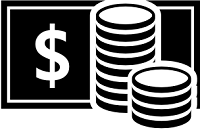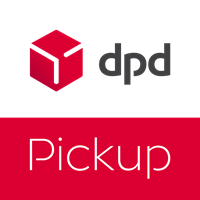Model kit of the Bireme Roman warship 16 rower with sails. The assembled model has a deck gazebo where only the emperor was allowed to sit, 16 pairs of oars, painted war shields and a sail with the emblem of the Roman legions. The package also includes a figure of the emperor Marcus Aurelius himself in ceremonial tunic, general and senator of the Free Romans. The model is safely stored on a stand with a description.
Show more
0 %
(0 Ranking)
| List Number: | COBI-20071 |
| EAN: | 5902251200718 |
| Warranty: | 24 months |
| Manufacturer: | COBI |
| Loyalty Points: | 16 |
| Price excluding VAT: | 1 639,05 Kč |
Description
Parametres
Files and Links
Discussion
Reviews

You know that:
- Bireme-class Roman ships were the most commonly used vessels of the 2nd century AD.
- The rowboats were lightly armed, but fast and nimble, suitable for making quick raids.
- A typical Birema was 24 m long, however ships from 16 to 27 meters in length are also documented.
- Builders used a technology known as tongue-and-groove to join individual hull planks. A groove was dug into the joined planks, a wooden connector (pen) was inserted and everything was secured with a hammered wooden pin.
- The construction of such a ship was very demanding and expensive. A workshop with 40 carpenters built the vessel in 150 days.
- The most expensive and rare part of the ship was the linen rope.
- The price for one ship was 40 - 50,000 Denars. Converted to today's prices here, about 3 200 000 €.
- The navy of ancient Rome built more than 300 vessels for the Marcomannic Wars. The need for wood around Naples was so high that there was significant deforestation of the landscape, which is still prevalent today.
- On the bow of the ship, on the waterline, there was a wooden battering ram equipped with a metal spike on some ships.
- The Romans used a relatively simple but effective tactic. They caused damage to the hull of the enemy's vessel with a vertical impact, then a tilting bridge with a metal hook on the underside was lowered to capture the attacked ship.
- Interestingly, each ship of the fleet operated independently without a common command. Its commander, Triérarchos, was solely responsible for the fate of the ship.
- A major disadvantage of Roman ships was the lack of storage space for supplies and water. Any additional cargo significantly reduced the stability of the vessel.
Technical parameters:
- dimensions: length 27 m, width 3 m
- immersion depth 1 m
- displacement approximately 1200 t
- crew of 40 people
- propulsion unit 32 rowers
- rowing speed 6-8 km/h
- speed with tensioned sails 14-16 km/h
Roman law Rhodia de lactu:
"If the ship is affected by an accident, a storm, a shoal, attacked, or by God's will, the crew is obliged to pay for the damage to the cargo thrown into the sea to save the ship and lives, each in equal shares."
Assembly instructions
| Version (series) | 10/2024 |
|---|---|
| Number of pieces | 1810 pcs |
| Package weight | 1815 g |
| Scale | 1:48 |
| Number of figurines | 3 pcs |
| Box dimensions | 44,5 x 27,5 x 11 cm |
| Dimensions after assembly | 57 x 28 x 35 cm |
| Recommended age | 9+ |
| Collection | Imperium Romanum |
| Contains luminous blocks | No |
| Material | Plastic |
| Compatible with other brand of kits | Yes |
Discussion is empty.
There is no review for product yet






































































